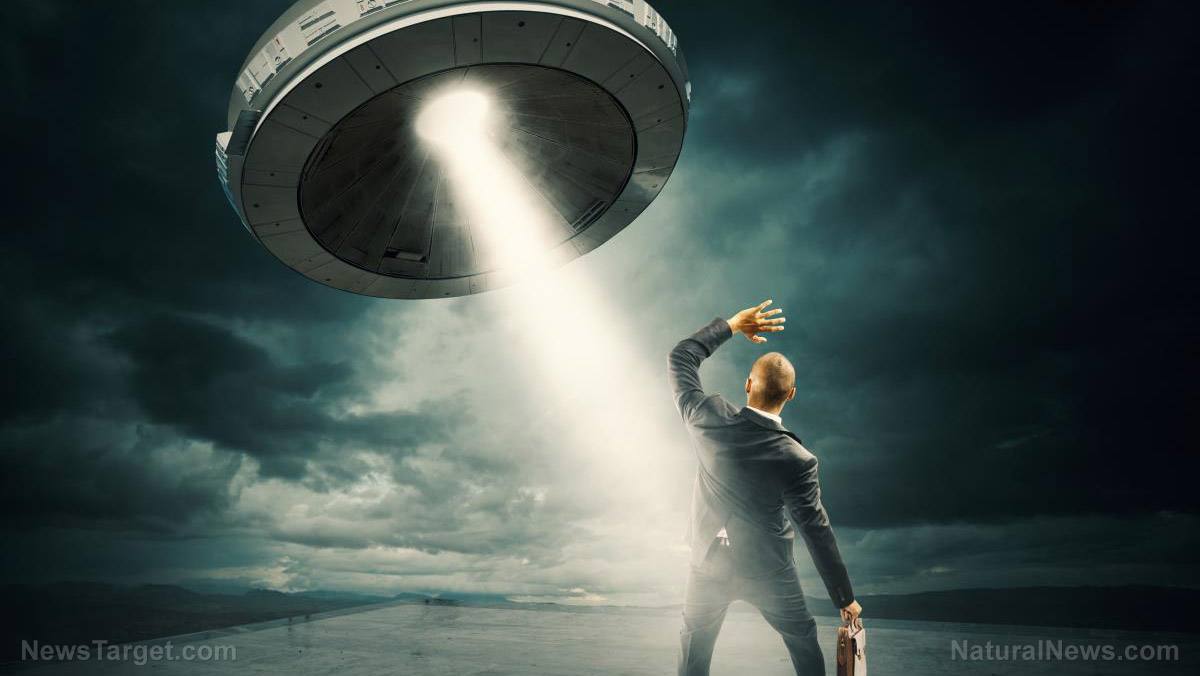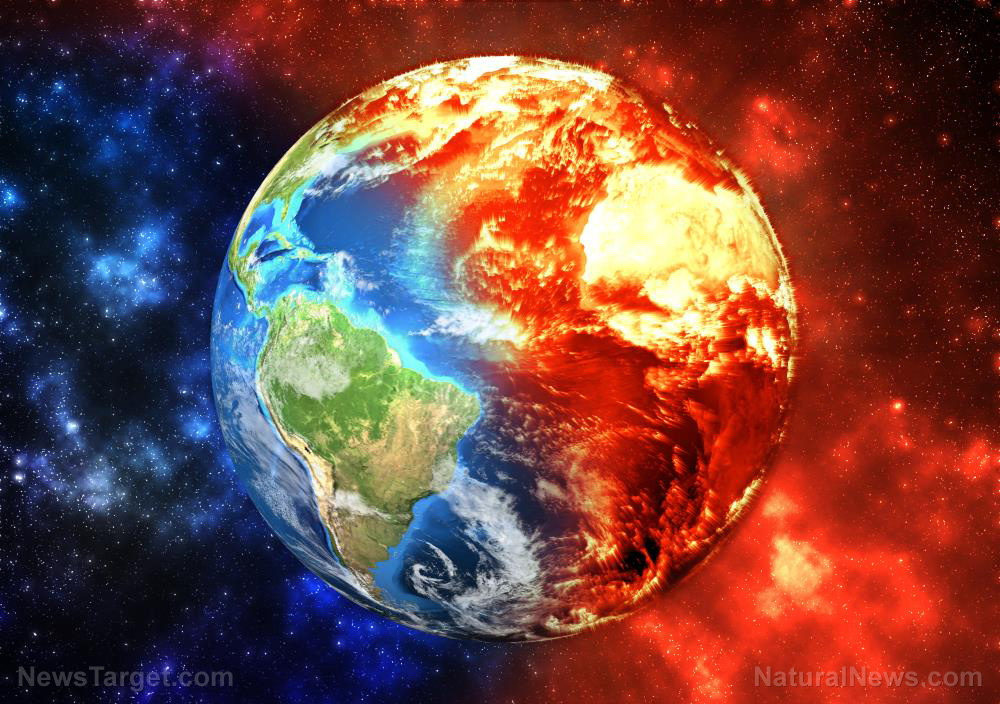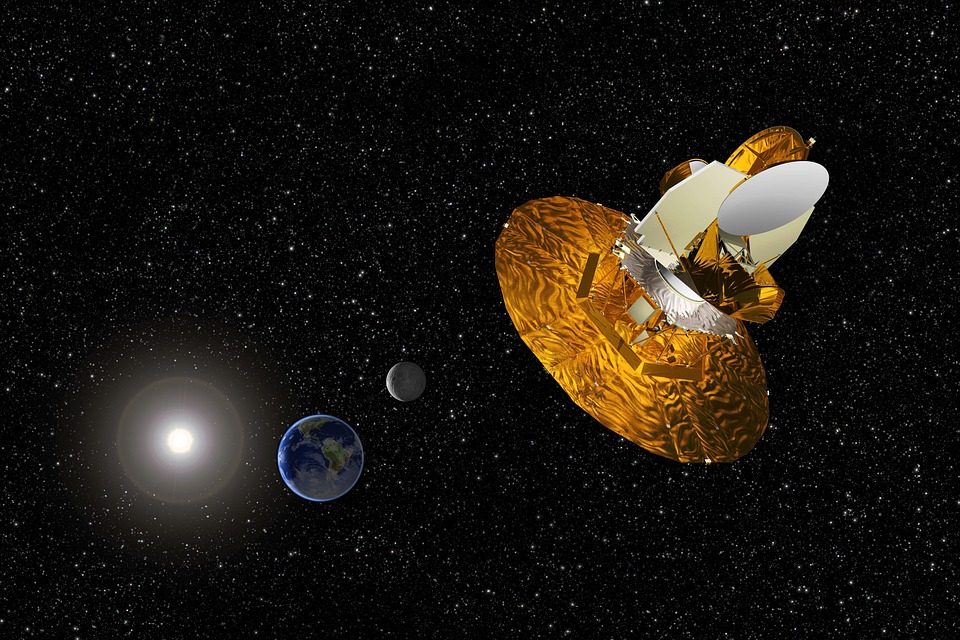Can you see stars? Light pollution to blame for hiding wonders in the night sky, warn experts
09/08/2019 / By Edsel Cook

When was the last time that stars showed up the night sky in your area? For many towns and cities in the U.K., that’s a difficult question to answer, since they suffer from so much light pollution that the starlight gets drowned out by artificial light. A recent star count by Campaign to Protect Rural England (CPRE) warned that only two percent of the country’s citizens enjoyed dark skies with plenty of stars. In contrast, more than 57 percent had to content themselves with seeing 120 stars or less. Worst off were people in London, Manchester, and other major cities who didn’t have a single star in sight.
For the event, the CPRE asked people who lived in towns and the countryside to count the number of stars within the constellation of Orion that were visible to the naked eye. Its results showed that light pollution had severely affected the dark, starry night sky associated with the countryside. Fortunately, some places in the U.K. remained prime areas for stargazing: Canterbury, King’s Lynn, Penzance, Truro, and Whitley Bay enjoyed the best conditions.
As such, CPRE representatives believe it is possible to reduce the adverse effects of artificial light from buildings and streets. (Related: Scientific investigation reveals strong link between artificial outdoor light and insomnia.)
Light pollution doesn’t just drown out the night sky — it disrupts health
In a statement, CPRE member Emma Marrington thanked the thousands of people who contributed valuable time and effort to take part in the organization’s star count, which took place on February 2019. However, she also lamented the fact that most of the participants didn’t get to experience the natural beauty of a dark sky filled with twinkling stars. She also worried that artificial light might one day completely overpower the night sky.
Being exposed to bright light during nighttime not only harms the environment but also adversely affects human health. The artificial glow from outside sources may keep people up all night. (Related: Scientific investigation reveals strong link between artificial outdoor light and insomnia.)
“The Star Count results show just how far-reaching the glow from street lights and buildings can be seen,” she warned. “Light doesn’t respect boundaries, and careless use can see it spread for miles from towns, cities, businesses and motorways, resulting in the loss of one of the countryside’s most magical sights – a dark, starry night sky.”
It’s not just humans who are affected by the harmful effects of light pollution. Excessive artificial light also upsets bats, birds, moths, and other wildlife. Animals that are awake during the day cannot rest, while nocturnal creatures avoid lighted areas.
Some of the worst offenders for light pollution include road lighting, security lights, street lamps, and supermarket car parking lots. These sources of artificial light may be seen for miles away.
What is being done to reduce light pollution at night?
Marrington urged communities, police, and local governments to cooperate in the fight against light pollution. She proposed better-designed artificial light sources, street light dimming programs, and turning off the lights during the later part of the evening. The options will also save money and reduce air pollution.
The U.K. began passing laws on light pollution in 2005. A section of its Clean Neighbourhoods and Environment Act made it a crime to run excessively bright lights at night that bother other people.
Other countries are doing their part. In Turkey, a city in the northwestern province of Tepebasi deployed automatic street lights that reduced their output in the absence of humans. When their motion detectors notice the approach of a person, they turn up their brightness. More than 18 states in the U.S., as well as the District of Columbia and Puerto Rico, have passed “dark skies” laws. Municipalities have also added regulations on light pollution in their zoning codes.
Sources include:
Tagged Under: artificial glow, artificial light, artificial lighting, astronomy, bright lights, countryside, dark skies law, environment, light dimming, light sources, night sky, rural vs urban, Space, star count, starry sky, Stars
RECENT NEWS & ARTICLES
COPYRIGHT © 2017 SPACE.COM
All content posted on this site is protected under Free Speech. Space.com is not responsible for content written by contributing authors. The information on this site is provided for educational and entertainment purposes only. It is not intended as a substitute for professional advice of any kind. Space.com assumes no responsibility for the use or misuse of this material. All trademarks, registered trademarks and service marks mentioned on this site are the property of their respective owners.


















